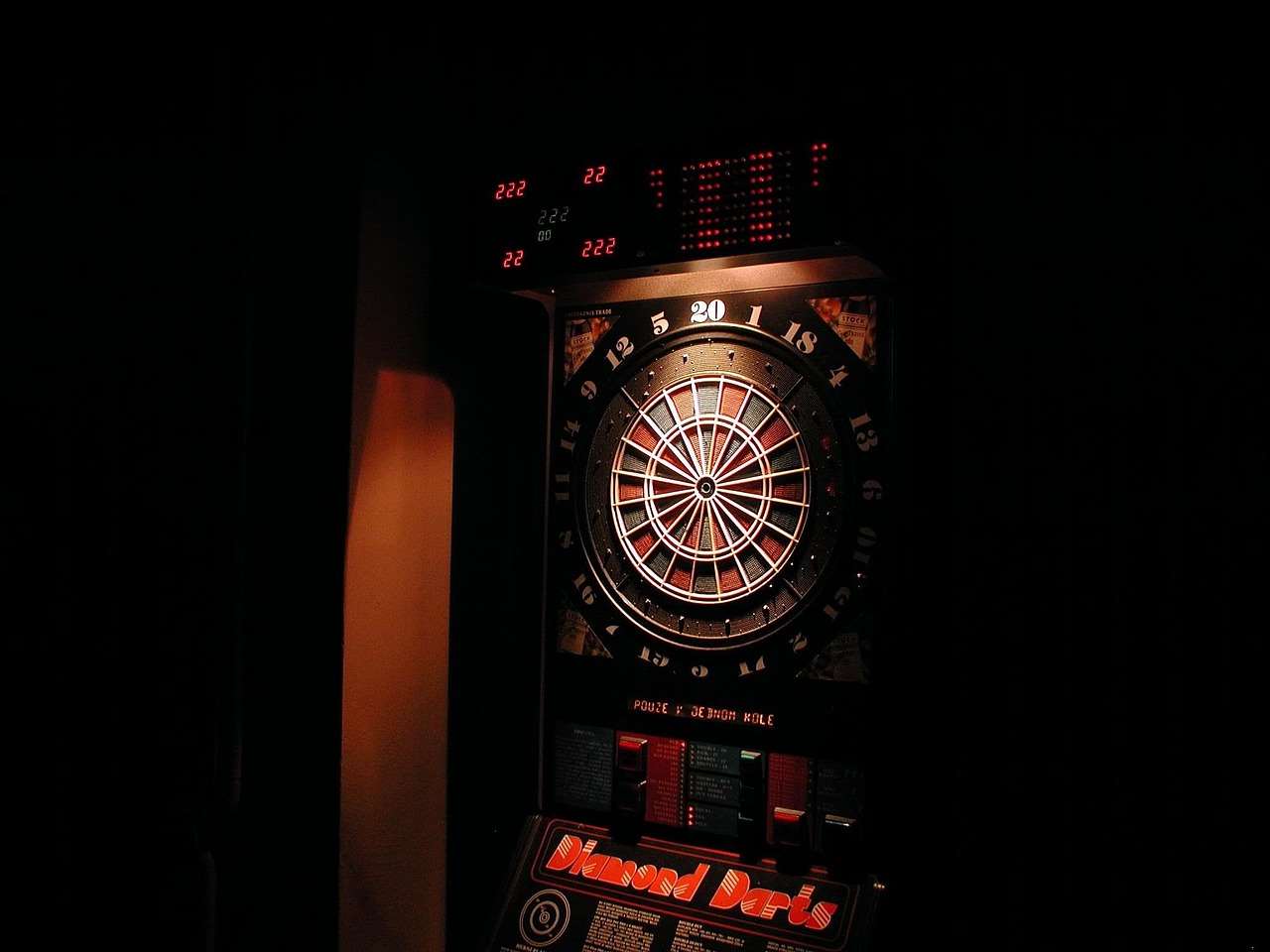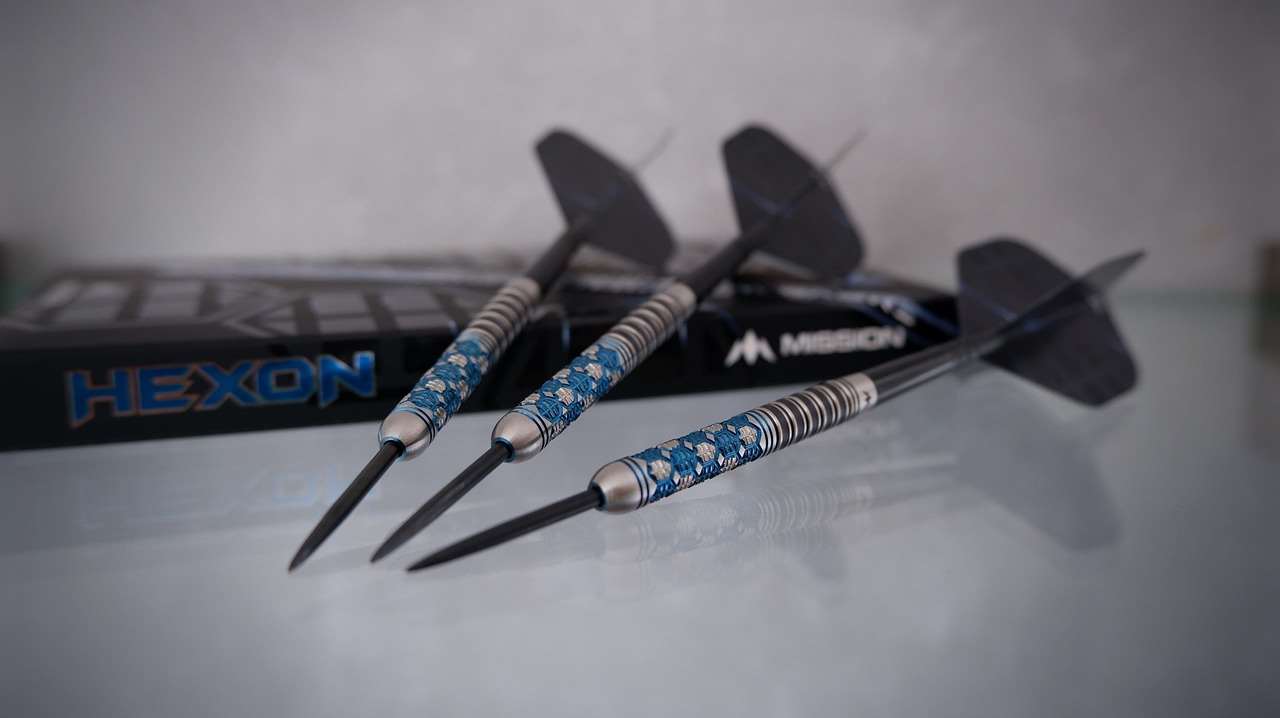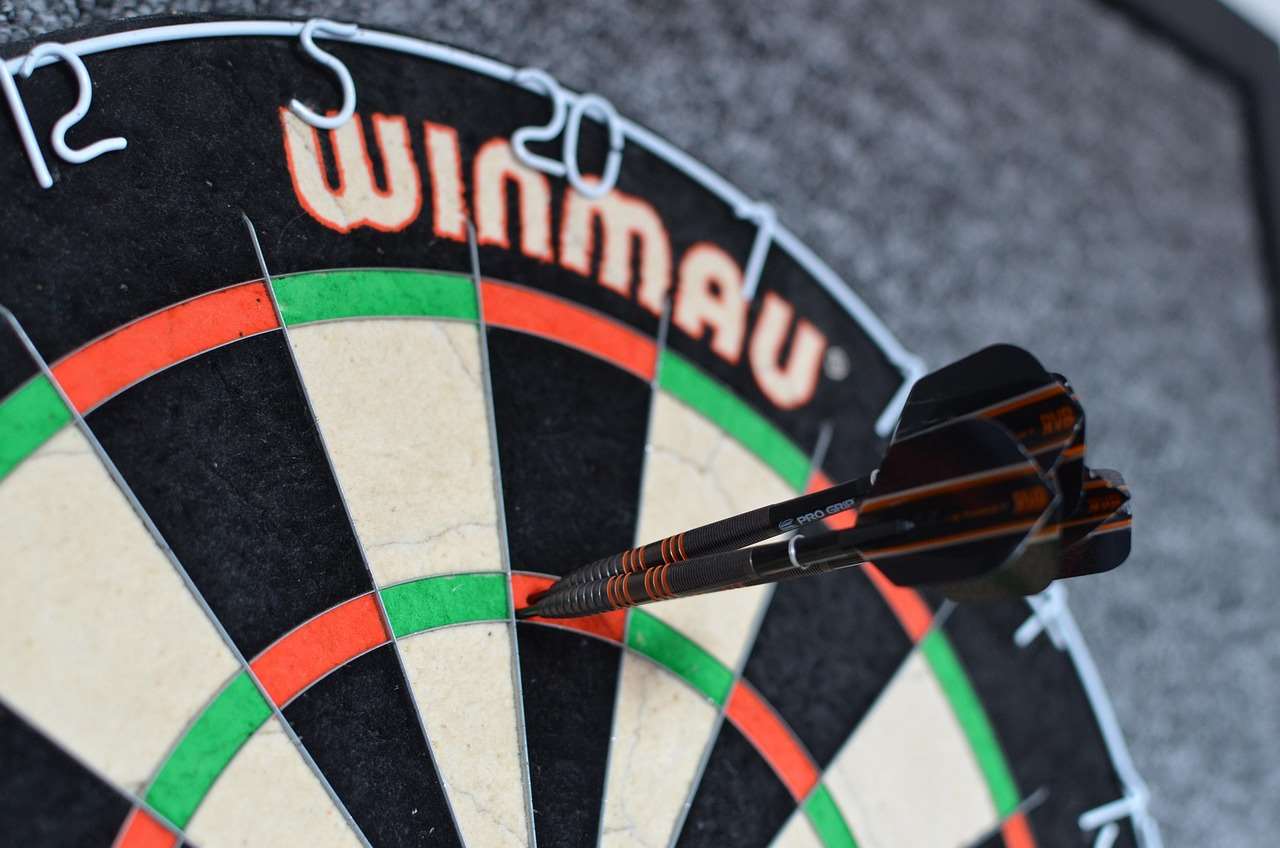The question, “who made the dart board,” doesn’t have a single, definitive answer. The game of darts, and its associated equipment, evolved over centuries. However, we can trace its development and highlight key players in its history. This article will delve into the fascinating journey of the dartboard’s creation, exploring its evolution from rudimentary beginnings to the sophisticated versions we know today, along with some tips and tricks for playing the game.
⚠️ Still Using Pen & Paper (or a Chalkboard)?! ⚠️
Step into the future! The Dart Counter App handles all the scoring, suggests checkouts, and tracks your stats automatically. It's easier than you think!
Try the Smart Dart Counter App FREE!Ready for an upgrade? Click above!
The earliest forms of darts were simple affairs, far removed from the standardized dartboards we see in pubs and homes today. These early games, played with hand-thrown darts at various targets, existed for centuries, but the exact origins remain shrouded in mystery. The evolution of the dartboard itself is intertwined with the evolution of the game.
It wasn’t until the late 19th century that we see the emergence of standardized rules and equipment, including the recognizable dartboard design. This standardization played a vital role in the game’s growth and popularity, turning it from a simple pastime into a globally recognized competitive sport. But the question, “who made the dart board,” in the sense of a single inventor, remains elusive.
The Evolution of the Dartboard: From Simple Targets to Modern Designs
The journey of the dartboard is a fascinating one, reflecting the game’s gradual transformation from informal pastime to professional sport. Early forms likely consisted of simple, roughly hewn wooden targets, perhaps even just marked trees or walls in the countryside. These lacked the numerical arrangement and precise scoring zones of modern dartboards. The design we know today, with its concentric circles and numbered segments, is a product of refinement and standardization across years of development and experimentation.
The transition to a more structured dartboard design likely occurred in stages. Imagine early players modifying the size, number of segments, and scoring system for a more competitive and well-defined experience. Over time, variations in design likely developed across different regions, with different cultures adapting the game to their own preferences and using different materials for the dartboard.

The development of standardized rules significantly impacted the design of the dartboard. With the advent of organized competitions, a consistent and universally accepted design became essential. This process, of creating a consistent design for dartboards and rules across regions, was a long and gradual one, with many contributors across decades.
Today, most dartboards are manufactured to strict specifications, ensuring consistency in size, scoring zones, and material. This allows for fair competition and upholds the integrity of the game at all levels, from casual pub games to high-stakes professional tournaments. The standardization we see today, though benefiting from multiple innovations, did not happen all at once.
Who Makes Dartboards Today?
While pinpointing the originator of the dartboard is difficult, understanding who manufactures them today is more straightforward. Numerous companies worldwide produce dartboards, ranging from mass-market producers to specialist manufacturers catering to professional players. These companies use a variety of materials and manufacturing techniques, resulting in dartboards that vary in quality, durability, and price. To achieve high-quality performance, consider the factors like bristle quality, construction, and overall durability. When selecting a dartboard, these factors will significantly influence your experience with the game.
Some prominent manufacturers have gained reputations for producing high-quality dartboards that are favored by both casual players and professionals. Researching reputable brands will ensure a purchase of a dartboard that meets your specific needs and expectations, improving your overall game experience. This also highlights the current landscape of dartboard manufacturing, which is a far cry from the simple, handmade targets of the past.

The companies that produce dartboards today are not just producing the equipment but also contributing to the ongoing evolution of the game. Innovations in materials and design continuously improve the dartboard experience, enhancing the precision and longevity of the equipment used by dart players worldwide. This evolution of manufacturing techniques parallels the evolution of the game itself.
Choosing the Right Dartboard: A Buyer’s Guide
- Material: Consider sisal fiber dartboards for their durability and consistent bounce. Other materials, like plastic, exist but tend to show more wear and tear.
- Size and Weight: Ensure the dartboard size is appropriate for your playing space and the weight is comfortable for mounting.
- Cabinet: A good cabinet protects the dartboard from damage and offers better playing stability.
- Brand Reputation: Choose reputable brands known for their quality and durability; research and compare the different options available.
Choosing the right dartboard significantly impacts the enjoyment and overall game experience. A well-made dartboard will withstand regular use and provide consistent performance. For example, a well-built cabinet helps stabilize the board and reduces damage to the dartboard from repeated throws.
The Modern Dartboard and Its Impact
The modern dartboard, a product of centuries of evolution, stands as a testament to the enduring appeal of the game of darts. Its standardized design facilitates fair competition and allows for the establishment of global ranking systems and professional leagues. The popularity of darts continues to grow worldwide, driven partly by the accessibility of the game and the thrill of its strategic gameplay. There are plenty of online resources available for those seeking to improve their darts game; using a dart counter beta can significantly improve your practice sessions, allowing you to track statistics effectively.
The game has also benefited from technological advancements beyond simply the dartboard itself. Electronic dartboards now offer automated scoring and various game modes, further enhancing the playing experience. Furthermore, the introduction of digital scoring systems, and online platforms, has opened the game to a wider audience, creating new opportunities for both casual and professional players. Such advancements have revolutionized how the game is played and experienced, leading to increased accessibility and a higher level of excitement for players.

Whether you’re a seasoned professional or a casual player just starting out, understanding the history and evolution of the dartboard enriches your appreciation of this classic game. From its humble origins to the standardized designs of today, the dartboard has played a crucial role in the development and ongoing popularity of darts. You can even enhance your game with the correct equipment; considering a darts barrel brush for cleaning your darts can help maintain optimal grip and performance.
Tips and Tricks for Dart Success
Mastering the game of darts requires practice, dedication, and understanding of the fundamental techniques. One of the key elements is developing a consistent throwing motion. This will dramatically improve your accuracy and help you achieve higher scores. This technique, when practiced consistently, helps you refine your ability to aim and hit the target bullseye or any specific zone. Remember, even small differences in your throwing grip or stance can have a significant impact on the accuracy of your throw. To take your game to the next level, try using a how to hit bullseye darts guide.
Another critical aspect of successful dart play is proper stance and grip. A comfortable stance allows for a smooth and controlled throwing action. A stable posture reduces unnecessary movements and contributes to more accurate shots. Furthermore, a firm but relaxed grip on your darts provides the necessary precision for targeted throws. Different grip styles suit individual players, experimentation will help you find the best method for you.
Beyond technique, practice is essential. Regular practice sessions, even short ones, are essential for developing muscle memory and refining your dart skills. This is particularly true for beginners, consistent practice is crucial for developing fundamental skills and building accuracy. Practice will not only enhance your throwing technique but also improve your ability to strategize throughout a match.

Finally, consider using a Mobile dart scorer to track your progress. Monitoring scores and statistics over time allows you to spot patterns, identify areas for improvement, and measure your overall performance. Using this tool will highlight areas where you can further improve your accuracy and increase your overall score.
Playing darts can be very social, and friendly competition with others is a great way to enjoy this fantastic pastime. This aspect of the game further emphasizes the social and recreational value of darts, bringing people together in a fun and competitive setting. Consider the organization of a darts night with friends for a fun social activity, where you can challenge one another while enjoying the camaraderie of the game.
Conclusion
The question, “who made the dart board,” illustrates a fascinating journey of evolution and refinement. While a single inventor cannot be identified, the collective contributions of countless individuals across centuries shaped the game and its equipment into what we know today. From simple targets to the standardized dartboards found in homes and pubs worldwide, the dartboard’s evolution mirrors the game’s enduring appeal. Understanding this history enriches the experience of playing and appreciating darts. So, grab your darts, find a dartboard, and start practicing! Remember to use our resources and tips to take your darts game to the next level. Find more resources and tips on truth or darts.

Whether you are a casual player or an aspiring professional, remember that practice, technique, and the right equipment are key to success. Happy throwing!
Hi, I’m Dieter, and I created Dartcounter (Dartcounterapp.com). My motivation wasn’t being a darts expert – quite the opposite! When I first started playing, I loved the game but found keeping accurate scores and tracking stats difficult and distracting.
I figured I couldn’t be the only one struggling with this. So, I decided to build a solution: an easy-to-use application that everyone, no matter their experience level, could use to manage scoring effortlessly.
My goal for Dartcounter was simple: let the app handle the numbers – the scoring, the averages, the stats, even checkout suggestions – so players could focus purely on their throw and enjoying the game. It began as a way to solve my own beginner’s problem, and I’m thrilled it has grown into a helpful tool for the wider darts community.